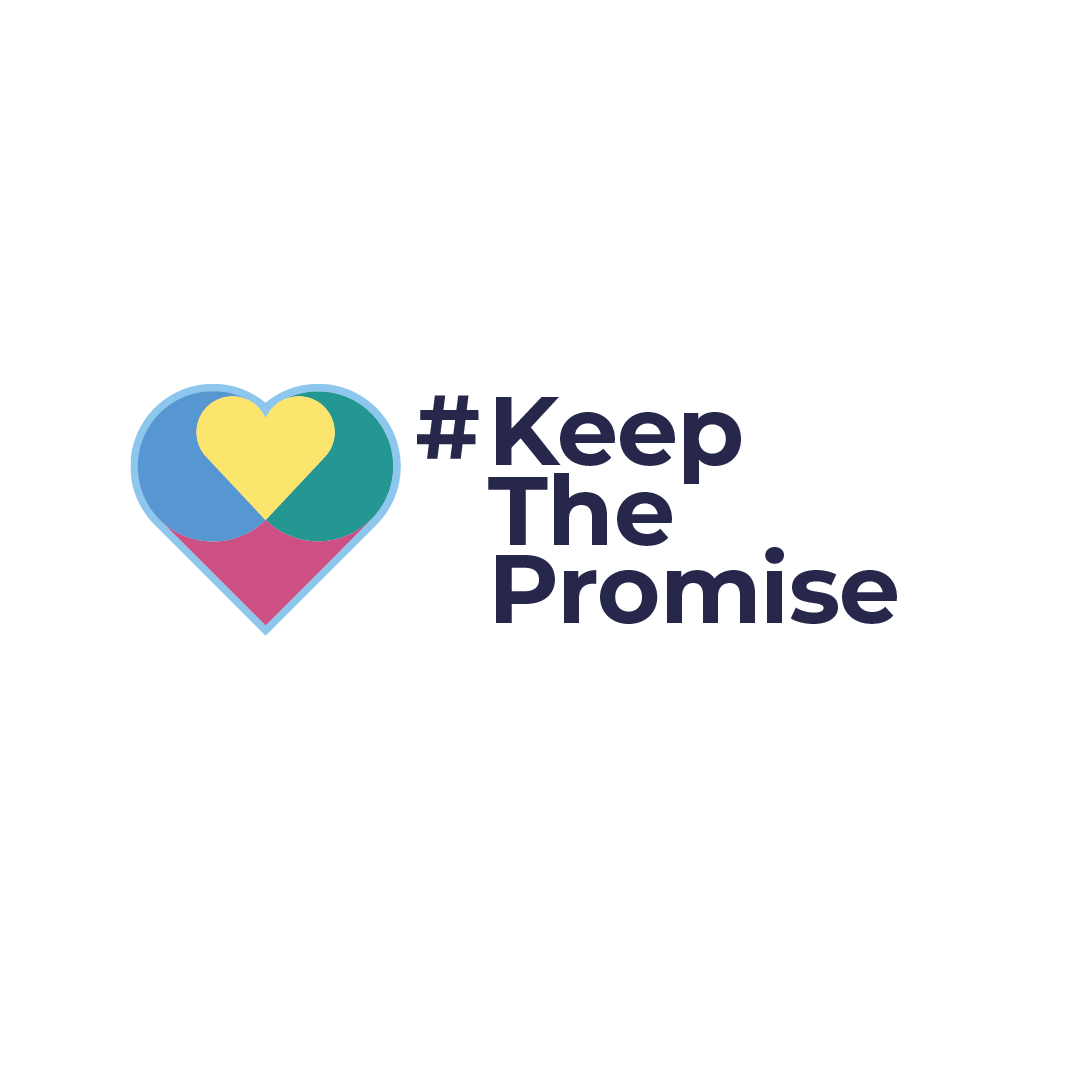Professionals and Practitioners
This digital resource tells the story of how our brains interpret the world around us and how this translates in our bodies, emotions and behaviours. It has been designed to be used by professionals working with young people interested in learning more about the science of conflict and boosting their wellbeing.

How can we listen and be listened to
Summary
- The listening process is a multifaceted one that comes in four stages: receiving, interpreting, calling, evaluating, and responding.
- Active listening, a cornerstone of effective communication, involves fully concentrating on what is being said, understanding the message, identifying unmet needs, and responding thoughtfully.
- Quiet, or passive, listening involves creating a safe and non-judgmental space for individuals to express themselves freely, without interruption or immediate response.
- Engaging young people in conversations about listening not only equips them with essential communication skills but also lays the groundwork for healthy relationships in the future.
Within family dynamics, conflicts between parents and their offspring can deeply strain relationships. These conflicts often arise from misunderstandings, differences in perspective, or unmet expectations and needs, and if left unresolved, they can lead to long-lasting emotional effects.
As professionals supporting families and managing relationships, it's important to recognize the transformative power of effective communication, particularly through the art of listening.
This guide explores the nuances of listening and being listened to in the context of parent-child conflicts, with a focus on active listening, quiet listening, and engaging young people in conversations about listening.
The Listening Process
Listening is a multifaceted process, lacking a distinct beginning or end. While models of the listening process provide structure, they fail to fully capture its speed, complexity, and overlapping nature.
The five stages of listening are:
1. Receiving: This stage involves taking in information crucial for progressing the conversation. Visual cues including body language, often overlooked, significantly influence interpretation. For instance, observing facial expressions alongside spoken words can enrich comprehension and understanding.
2. Interpreting: In this stage, people combine what they hear and see, using their existing knowledge and experience to make sense of it. They think about the information and how it relates to their past. Making sense of new things depends on connecting them to what they already know. Without this context, it's tough to understand, making it harder to remember later on.
3. Recalling: Remembering what we've heard is important for knowing how well we've listened, but just remembering doesn't mean we've really understood it.
4. Evaluating: Developing critical thinking skills enhances our ability to evaluate what we have heard. However, focusing on the speaker can detract from the message and impede effective listening.
5. Responding: Responding involves demonstrating attentiveness and understanding through verbal and nonverbal cues. Cues, such as verbal affirmations and nonverbal gestures, indicate active listening.
Active Listening
Active listening is a cornerstone of effective communication, especially in resolving conflicts within families. It involves fully concentrating on what is being said, understanding the message, identifying unmet needs, and responding thoughtfully. You are not only listening to what someone is saying, but also understanding their emotions, thoughts and concerns.
Here are some strategies to enhance active listening:
1. Practice Empathy: Empathy is the ability to understand and share the feelings of another. Encourage parents and offspring to put themselves in each other's shoes, considering the emotions and perspectives underlying their conflicts.
2. Reflective Responses: Encourage reflective responses during conversations, where individuals paraphrase or summarise what they've heard before responding. This not only demonstrates understanding but also validates the speaker's feelings.
3. Open-ended Questions: Instead of asking yes-or-no questions, or closed questions prompt deeper reflection and discussion with open-ended questions. These questions can encourage individuals to express their thoughts and feelings more fully, fostering a richer dialogue. See our article ‘How to Ask Questions’.
4. Nonverbal Cues: Pay attention to nonverbal cues such as body language, facial expressions, and tone of voice. You may pick up on what they are not saying rather than what they are. These cues provide valuable insights into the speaker's emotions, which may not be fully conveyed through words alone
By practicing active listening, individuals can cultivate deeper understanding, empathy, and connection, laying the foundation for better understanding and improved relationships.
Engaging young people in conversations about listening not only equips them with essential communication skills but also lays the groundwork for healthy relationships in the future.
Quiet Listening
In the midst of conflict, sometimes the most powerful form of listening is quiet listening. Quiet, or passive, listening involves creating a safe and non-judgmental space for individuals to express themselves freely, without interruption or immediate response.
Here's how to foster quiet listening:
1. Being Mindful: Encourage individuals to nurture a sense of presence during conversations, focusing their attention fully on the speaker without allowing distractions to interfere.
2. Validate Silence: Silence can be uncomfortable but also profoundly meaningful. Encourage individuals to embrace moments of silence, allowing space for reflection and gather thoughts.
3. Resist the Urge to Fix: In moments of distress, there's a natural inclination to offer solutions or advice. However, in the context of quiet listening, it's essential to resist this urge and simply be present with the story being told.
4. Offer Comfort: Sometimes, the most powerful response is a comforting presence. Encourage individuals to offer hugs, hand-holding, or other forms of nonverbal comfort when appropriate.
Quiet listening provides an opportunity for individuals to process their emotions, find support in shared experiences, and feel truly heard and understood.
Listening to Young People
Engaging young people in conversations about listening not only equips them with essential communication skills but also lays the groundwork for healthy relationships in the future. Here's how to approach this discussion:
1. Normalise Emotions: Help young people understand that it's normal to experience a range of emotions, including anger, frustration, and sadness. By normalizing emotions, you create a safe space for them to express themselves openly.
2. Teach Active Listening Skills: Introduce young people to the concept of active listening and teach them practical skills such as paraphrasing, asking open-ended questions, and paying attention to nonverbal cues.
3. Model Healthy Communication: Be a role model for effective communication by demonstrating active listening, respectful dialogue, and conflict resolution techniques in your interactions with young people.
4. Foster Empathy: Encourage young people to consider the perspectives and feelings of others, fostering empathy and compassion in their interactions with family members and peers.
By talking about listening with young people and providing them with the tools to communicate effectively, we empower them to navigate conflicts constructively and build strong, resilient relationships.
You want to avoid:
1. Judging: Even if you don't agree with their point of view, show them that you respect their perspective.
2. Distractions: Be fully present, don’t look at your phone or watch. A young person will think you are not interested in what they have to say if you don’t give them your attention.
3. Unwanted advice: Young people often just want to be listened to and supported. Resist attempting to solve their problems for them. Instead, encourage young people to come up with their own solutions and give support if asked.
4. Interruptions: Keep interruptions to a minimum. No one likes to be interrupted when in full flow, young people as much as anyone else. There may be points where you need to ask for greater clarification, but let them finish speaking before asking.
5. Make time: Make sure you have the time for the conversation before you start, or else arrange a time when you both can talk.
6. Assumptions: Don’t jump to conclusions about the young person sharing their story with you. It can damage your ability to hear what they’re trying to tell you. Ask open-ended questions and let them tell you what concerns them (their unmet needs) in their own words.
Conclusion
In the complex landscape of parent-child conflicts, the ability to listen and be listened to with empathy, patience, and understanding is important. Active listening fosters connection and understanding, while quiet listening provides space for reflection and gathering thoughts.
By engaging young people in conversations about listening and nurturing their communication skills from an early age, we lay the foundation for healthy relationships built on trust, empathy, and mutual respect.
As professionals dedicated to supporting families and managing relationships, let us embrace the transformative power of effective communication and the profound impact it can have on improving and strengthening relationships.
References and Further Reading
- 7 Active Listening Techniques for Better Listening by Arlin Cuncic, MA. Very Well Mind, 2024.
- What is Active Listening? by Amy Gallo. Harvard Business Review, 2024.
- Quiet Listening by Rina Shah. Shortform, 2020.
- How to be a Good Listener. Young Minds.
- Understanding How and Why We Listen. University of Minnesota.





